Smarter.. Safer.. Healthier
Cyber Physical Systems, Data Intelligence, and Behavioral Sciences for Urban Transport Systems
Smart Cities & Urban Mobility
Fusing Connectivity, Automation, Sharing, & Electrification
Urban Transport & Health
Developing practice-based evidence to accelerate evidence-based engineering practice
Research Areas
Considering cities as real-time ecosystems, I am interested in harnessing methodological advancements, big data, & cyber-physical systems for smarter, safer, & healthier urban transport environments.

Harnessing ambient sensing based big-data collected by elements of cyber-physical systems (e.g., connected vehicles & environment, non-motorized users) to develop estimates of proactive safety.
Cyber Physical Systems & Big Data
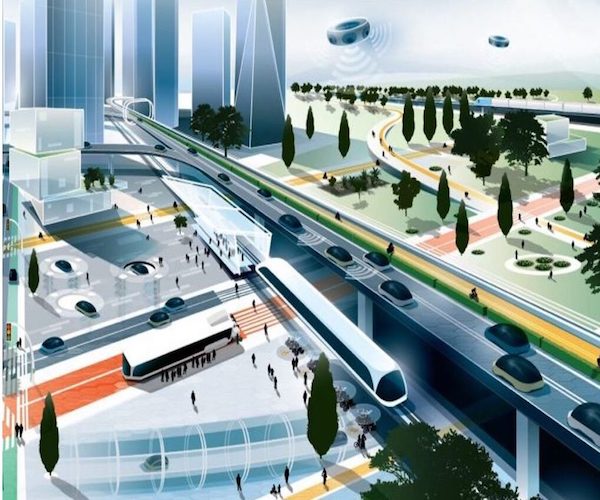
Understanding preferences and attitudes of modern populations towards a smart urban mobility system driven by connectivity, automation, electrification, and sharing (CASE).
Smart Cities & Shared Mobility
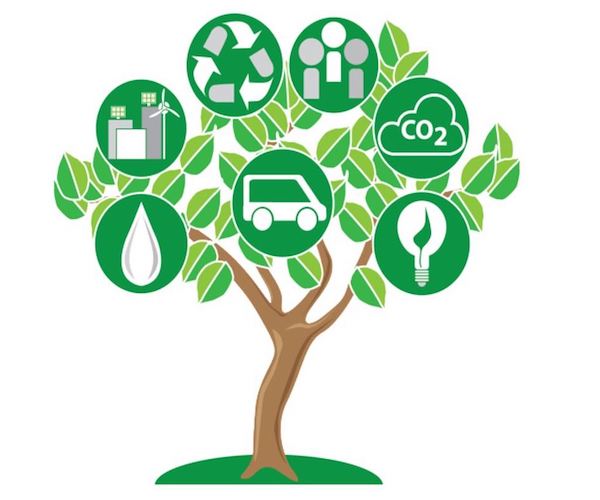
Transportation & urban systems touch many aspects of person's life. By fusing ambient-sensing driven physical, environmental & behavioral data, it is possible to paint a fuller picture of the health implications of urban transport ecosystem.
Smart Transport & Health
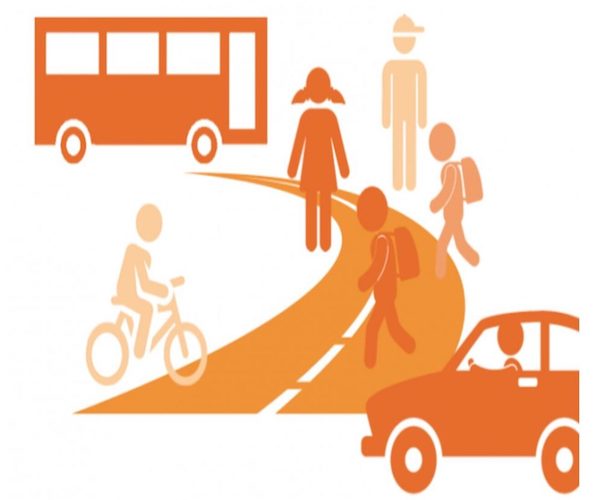
Fusing safe systems & system science methods to enable adaptation of road infrastructure to complex human behaviors - enhancing safety & resilience of infrastructure systems, minimizing deaths & injuries for all.
Safety For All
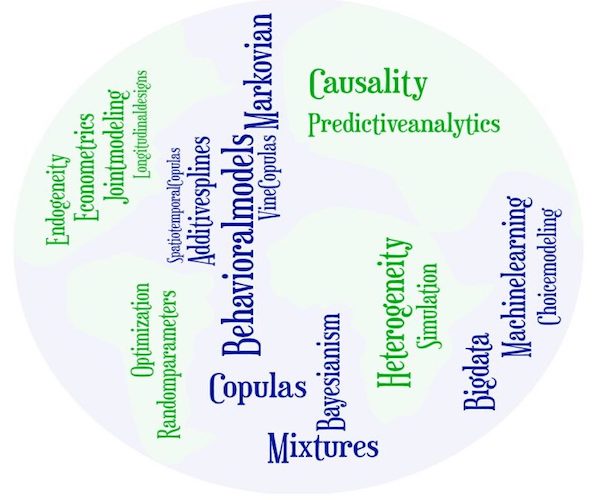
Humans are unpredictable and this uncertainty will continue to characterize transportation systems of the future. While transportation science has been a data intensive field historically, the advent of CPS & big data further necessitates development & application of rigorous empirical methods for more accurate behavioral and policy insights.
Methodological
Ongoing Projects

Partial & Full Automation
Examining preference heterogeneity & affinity towards partially CAVs & fully automated vehicles
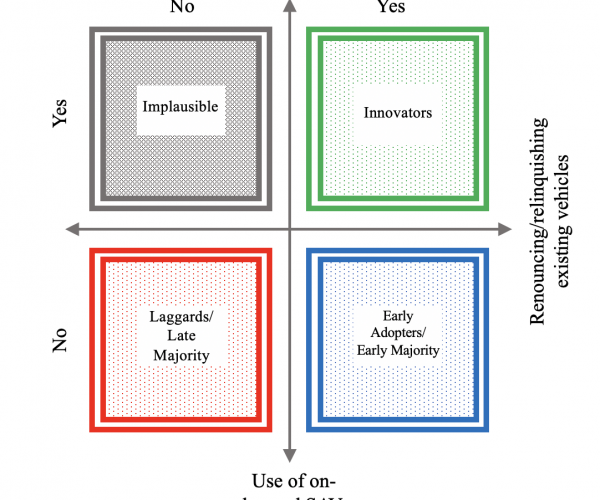
To Own or Not To - Shared Automated Vehicles
Forecasting the adoption of SAVs & vehicle ownership implications

AV-Ridesourcing & Carsharing
Behavioral choice model for mobility-on-demand services in the era of AVs
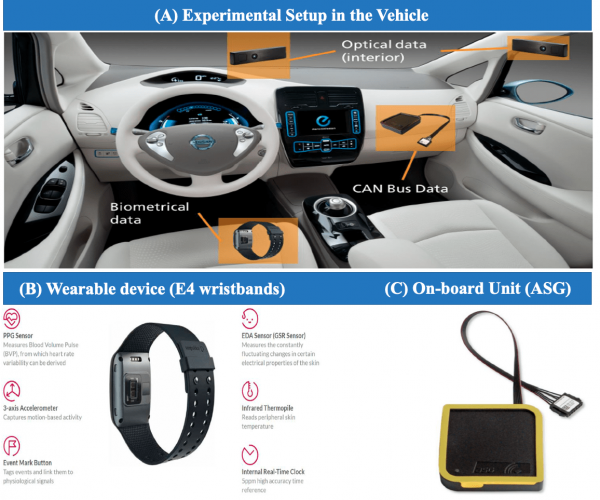
Driving Stress, Volatility & Electric Vehicles
Measuring & analyzing biometrically-derived diving stress & driving volatility in naturalistic driving environments
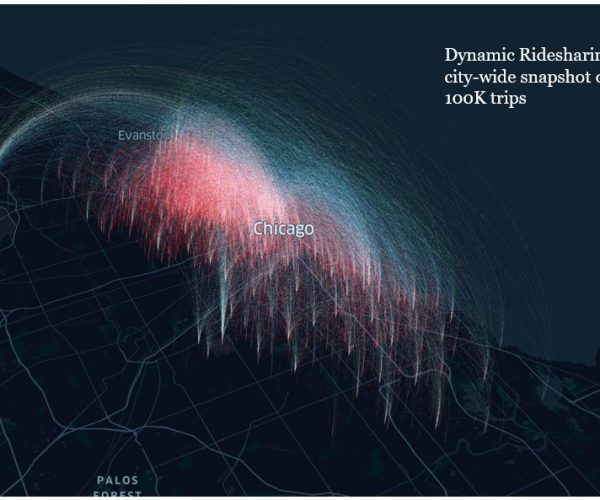
Spatiotemporal Ride-Hailing & Ridesharing Demand
Fusing markov random fields in a geo-additive copula based joint behavioral model to quantify the impacts of built environment

Proactive Ped-Bike Safety & Driving Volatility
Conceptualizing driving volatility & capturing complex interactions b/w vulnerable road users and motorized users for proactive safety in naturalistic driving environments
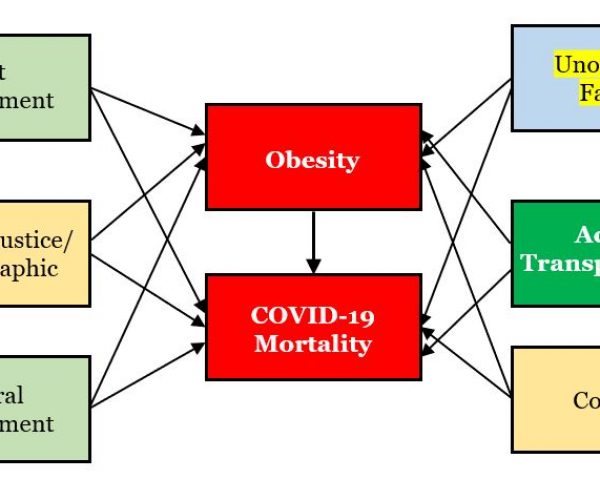
COVID-19, Obesity, & Active Travel
Two Pandemics for the Cost of One - Built & natural environment impacts of chronic & infectious diseases
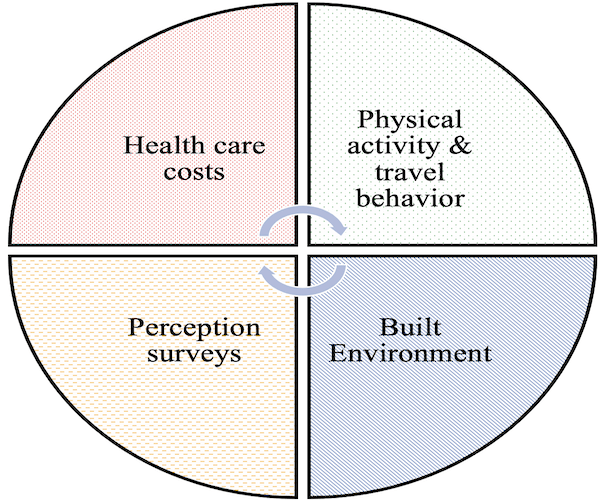
Active Travel & Health Effects of Light Rail
Enhance active travel & reducing health expenditures by investing in walkable infrastructure - The Rails & Health Study
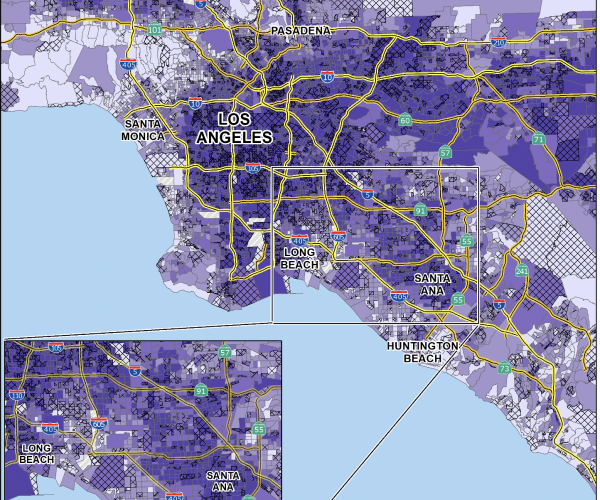
Tracking Environment & Health Behaviors
Determining place-based thresholds of built environment features to support active travel
About Me

Behram Wali
LEAD Research Scientist
Behram Wali is Lead Research Scientist at Urban Design 4 Health, Inc. Behram obtained his postdoctoral training in Smart Cities at Senseable City Lab, Massachusetts Institute of Technology – where he also served as a member on the Presidential Committee on Race and Diversity. In 2018, he received a Ph.D. degree in Transportation Engineering and an M.S. degree in Statistics from the University of Tennessee, Knoxville – under supervision of Prof. Asad J. Khattak. Read More
Highlighted Publications
- Cyber Physical Systems & Big Data
- Smart Transport & Health
- Sustainability, Smart Cities & Shared Mobility
- Safety for All

Highlights
- Driving volatility in time to collision and crash-injury severity is investigated.
- Naturalistic crash events with 0.2 million temporal driving samples are analyzed.
- Systematic and random heterogeneity is accounted.
- Heterogeneity-in-means and variances random parameter models are developed.
- Greater driving volatility increases the risk of more severe crashes.
Wali, B., Khattak, A. J., & Karnowski, T. (2020). The relationship between driving volatility in time to collision and crash-injury severity in a naturalistic driving environment. Analytic methods in accident research, 28, 100136.
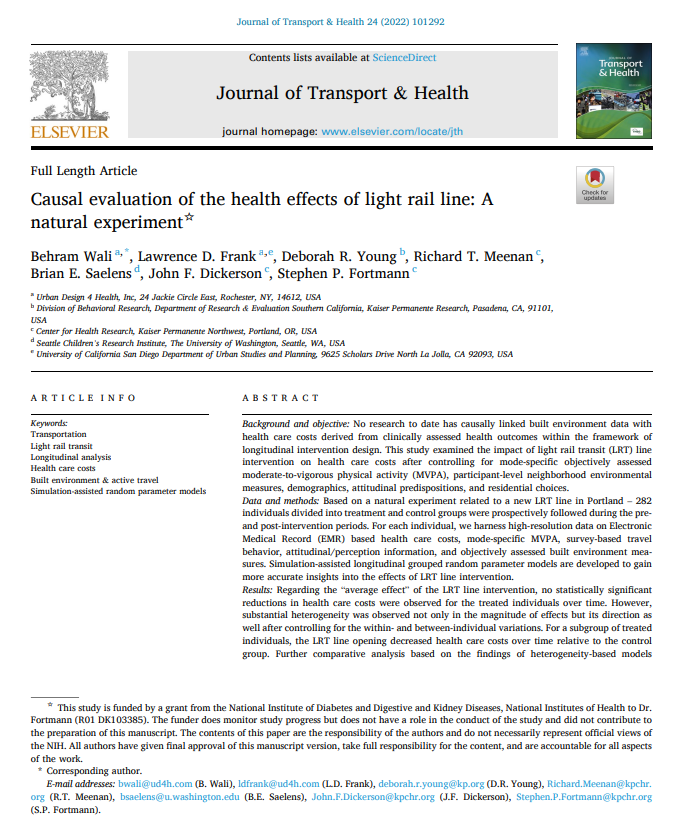
Highlights
- Causal health effects of a new light rail line are longitudinally examined.
- Electronic medical records-based health care costs are evaluated.
- We control for active travel, built environment, attitudinal, & demographic factors.
- LRT line decreased health care costs over time for a sub-group of treated individuals.
- Significant effect modifiers and distinct subgroup structures are identified.
Wali, B., Frank, L.D., Young, D.R., Meenan, R.T., Saelens, B.E., Dickerson, J.F. and Fortmann, S.P., 2022. Causal evaluation of the health effects of light rail line: A natural experiment. Journal of Transport & Health, 24, p.101292.

Highlights
- Joint demand modeling framework is developed.
- Examines ride-sourcing & dynamic ridesharing services.
- Simultaneously captures random, systematic, & spatial heterogeneity.
- More compact & walkable neighborhoods generate greater demand for shared mobility services.
- Active travel is synergistic with the demand for shared mobility services.
- Study unveils complementary & substitutive effects of transit accessibility.
Wali, B., Santi, P., & Ratti, C. (2022). A joint demand modeling framework for ride-sourcing and dynamic ridesharing services: a geo-additive Markov random field based heterogeneous copula framework. Transportation, 1-37.
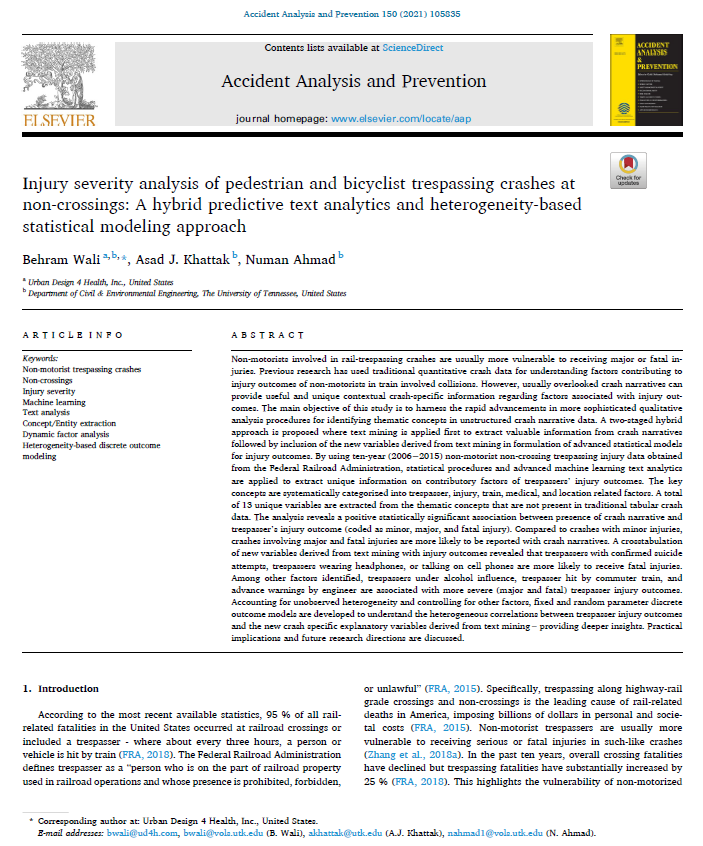
Highlights
- A rigorous method is developed to combine qualitative and quantitative crash data.
- Thematic concepts in unstructured crash narratives are identified with text mining.
- Higher likelihood of fatal injuries for trespassers using headphones, cell phone, and having confirmed suicide attempts.
- Heterogeneity-based models are estimated using new text mining derived variables and traditional data.
- Text mining procedures greatly complement traditional injury analysis.
Wali, B., Khattak, A. J., & Ahmad, N. (2021). Injury severity analysis of pedestrian and bicyclist trespassing crashes at non-crossings: A hybrid predictive text analytics and heterogeneity-based statistical modeling approach. Accident Analysis & Prevention, 150, 105835.